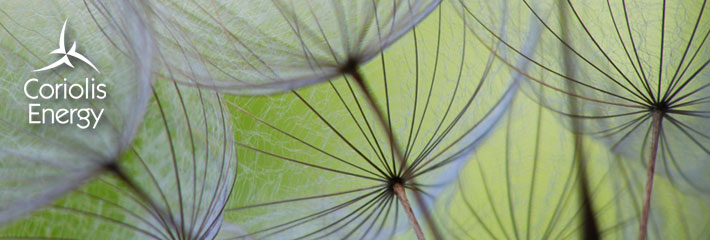

The Wind Farm Life Cycle
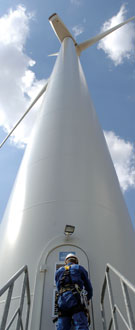 While every project is unique the life cycle of wind farm generally has the following steps. More detail on each of these can be found by clicking the links in green.
While every project is unique the life cycle of wind farm generally has the following steps. More detail on each of these can be found by clicking the links in green.
1. Site assessment more»
- Review site characteristics to determine its suitability for a wind farm
- Put in place a land option agreement (giving rights to enter into a lease)
2. Development more»
- Monitor/confirm site wind resource
- Consult with individuals and organisations with an interest in the project, prepare an EIA and obtain planning consent
- Put in place a site lease (if consent awarded)
3. Construction more»
- Secure grid connection
- Tender and then construct wind farm
4. Operation more»
- Operate and maintain the wind farm for 20-25 years
5. Decommissioning and restoration more»
- Remove/recycle equipment and restore site to original condition
1. Site Assessment
As a first step in a wind farm’s life we undertake a detailed screening study of a potential site to assess its suitability, looking at factors such as wind speed (assessed at this stage using a database of information from the Met Office), landscape character, environmental designations, distance from dwellings and proximity to grid lines.
If this study proves positive an option agreement is put in place with a landowner (giving us the right to enter into a lease prior to construction) and the development process then begins.
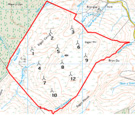
2. Development
One of the first and most important steps in the development process is to confirm the initial wind speed assessment and to do this we install a temporary meteorological mast on the site fitted with an array of anemometry equipment. The more data we can gather the better, but generally we like to have at least 12-24 months worth before taking a project into construction.
At the same time as gathering wind data, detailed site surveys and environmental studies are commissioned from specialist independent consultants to form the basis of an Environmental Impact Assessment (EIA). The scope of these depends on the characteristics of a particular site but would typically include:
- Ornithology
- Ecology
- Landscape
- Archaeology
- Ground conditions & hydrology
- Traffic and transport
- Aviation
- Noise
- Socio-economic impact
As well as preparing an EIA, detailed consultations about the potential project are held with a wide range of project stakeholders in order to develop and then refine an optimum wind farm design for the site. Public exhibitions, newsletters and a project web-site are also used to gather input and inform the community.
| Statutory Consultees | Non-statutory Consultees |
|---|---|
| Local Planning Authority | MOD, CAA, NATS and local airports |
| County Council | RSPB and other wildlife groups |
| Scottish Natural Heritage or Natural England | Community Councils / Parish Councils |
| Highways Agency / Road Authorities | Local residents |
Once the Environmental Impact Assessment and consultation exercises are complete a detailed planning application is prepared and then submitted to either the Local Planning Authority or (for projects of more than 50 MW capacity in Scotland) the Scottish Ministers.
While the Coriolis Energy team has a good track record at securing planning consent, if a planning application if rejected for reasons that we consider unreasonable, as is sometimes the case, this decision would usually be appealed to allow reconsideration of the proposals.
All development work is carried out at our cost/risk and payments are also made to the landowner in return for the reservation of the site (under the option agreement) and any disruption that may be caused.
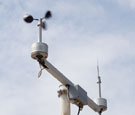
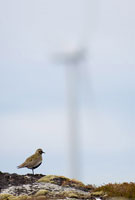
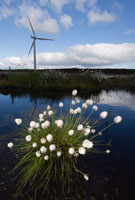
3. Construction
Once planning consent has been obtained (and the conditions attaching to this discharged), construction works for the project are put out to competitive tender. Where practical we like to use local companies for the civil works (access roads, turbine foundations and any buildings) while the wind turbines and associated electrical equipment are supplied by one of the large turbine manufacturers. Depending on the project these contracts are either let separately or rolled up into a single “turnkey” package.
In parallel with this, an agreement is entered with the local electricity distribution company (or for large projects National Grid) to connect the wind farm to the grid (a formal grid connection application generally being submitted in the latter stages of the development phase so as to minimise lead times).
All construction works are carried out in compliance with conditions set out in the planning consent (which amongst other things would usually cover delivery routes and working hours) and also in accordance with a formal construction method statement (that specifies in detail how the construction work would be carried out) and all applicable health and safety legislation.

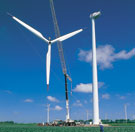
4. Operation
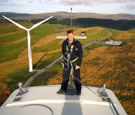 Depending on the project, construction takes anything between 9 and 18 months and, once complete, the wind farm then moves into the operational phase.
Depending on the project, construction takes anything between 9 and 18 months and, once complete, the wind farm then moves into the operational phase.
Modern wind farms are fully automatic, continually reconfiguring themselves to extract to most energy out of the prevailing wind conditions, and are managed using remote telemetry from an off-site operations centre. Maintenance requirements are minimal (overall availability levels are typically 97% or higher) and servicing is carried out by specialist engineers, generally under a contract with the original turbine manufacturer.
The electricity generated is sold under a “power purchase agreement” to one of the many electricity supply companies, who in turn sell this on to domestic and industrial consumers. Ongoing payments are made to the landowner in return for the lease of the land and these are either linked to the amount of electricity generated or the income received from selling it.
5. Decommissioning and Restoration
At the end of a wind farm’s life, typically after 25 years of operation, the project is decommissioned. Wind turbines and other equipment are removed/recycled and foundations broken down to a depth of around 1m. The site is then restored to its original condition and in accordance with any other requirements of the planning consent.

